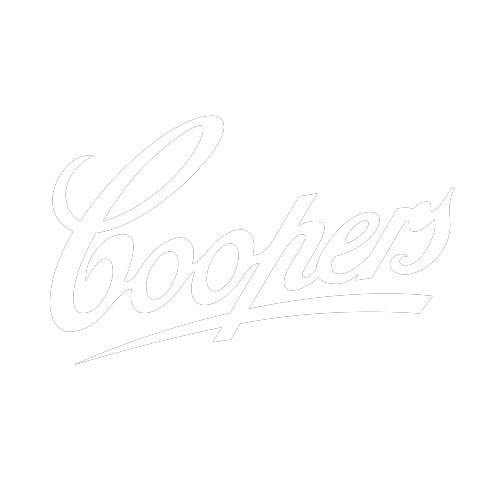Chris Marker
Owls at Noon Prelude - The Hollow Men
10 April–26 May 200710 Apr–26 May 2007
Born in 1921, French director Chris Marker has been making films since the 1950s and is a pioneer of the film-essay. His approach developed out of his early experiences making travel books, combining images with texts. His big subjects are memory and travel, which are explored in relation to his media: film and photography.
Owls at Noon Prelude: The Hollow Men was commissioned by the Museum of Modern Art for its reopening in 2004. Marker’s nineteen-minute eight-screen video installation—the first part of an envisaged history of the twentieth century—was inspired by a T.S. Eliot poem reflecting on Europe as a wasteland following World War One. Marker mixes texts with still photographs of wounded veterans and achingly beautiful women to evoke the hopelessness of those who lived through Europe’s near suicide early last century, as war returns to haunt us in the Middle East. The atmospheric soundtrack is Coronaby Toru Takemitsu, performed by Australian pianist Roger Woodward.
Marker explains: ‘Owls at noon, night birds in the day, things, objects, images that don’t belong, and yet are there. Leaflets, postcards, stamps, graffiti, forgotten photographs, frames stolen from the continuous and senseless flow of TV stuff (what I’d call the Duchamp syndrome: once I’ve spotted 1/50th of a second that escaped everybody, including its author, this 1/50th of a second is mine). Bringing into the light events and people who normally never access it. It’s from that raw material, the petty cash of history, that I try to extract a subjective journey through the twentieth century. Everybody agrees that the founding moment of that era, its mint, was the First World War, and that it was also the background on which T.S. Eliot wrote his beautiful and desperate poem The Hollow Men. So thePrelude to the journey will be a reflection upon that poem, mixed with some images gathered from the limboes of my memory.’
Marker has long been involved in exploring new media, from the crude, early video effects in his 1983 flaneur filmSans Soleil to his hypertextual 1998 CDRom Immemory. The Hollow Men continues this inquiry, with the computer-graphics treatments of its photographic images suggesting both the softness of watercolours and petrification.
Alongside The Hollow Men we are showing Marker’s 1962 science-fiction short La Jetee, a story of time-travel, memory, and impossible love, which has inspired many other films, including Terry Gilliam’s 1995 feature Twelve Monkeys. This deeply melancholy tale is also told using black-and-white photographs, and also concerns the aftermath of a war, an imagined World War Three. Thanks to Peter Blum Gallery, New York.



